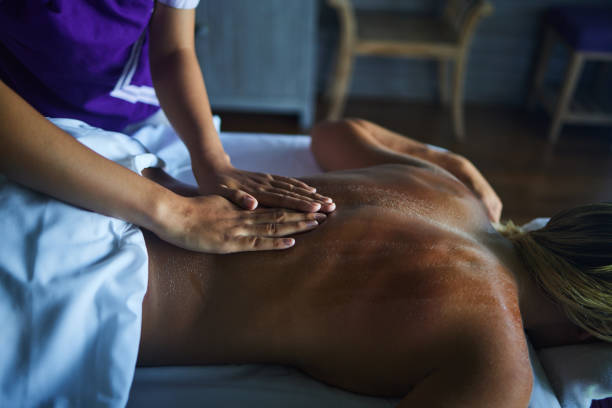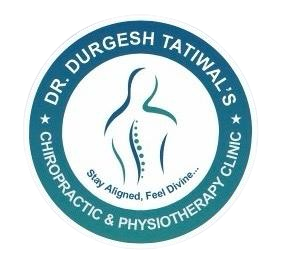Shiatsu Acupressure

Shiatsu Acupressure
Shiatsu Acupressure Therapy is a Japanese form of bodywork that combines principles of traditional Chinese medicine (TCM) with specific manual techniques to promote healing, balance, and relaxation. The word shiatsu comes from two Japanese words: shi (finger) and atsu (pressure), referring to the use of fingers, thumbs, and palms to apply pressure to specific points on the body. Acupressure, a key component of Shiatsu, is the application of pressure to acupoints, which are believed to be connected to energy pathways in the body called meridians.
Energy Flow (Qi/Chi):
- In Shiatsu, it is believed that energy, or qi, flows through the body along pathways called meridians. The goal of the therapy is to restore balance and harmony in the flow of energy by targeting acupoints along these meridians.
Meridians:
- There are 12 main meridians in the body, each associated with a specific organ system. Blockages or imbalances in these meridians can lead to physical or emotional health issues. Shiatsu works to release blockages, restore balance, and promote proper energy flow.
Acupressure Points:
- Shiatsu focuses on pressing acupoints (specific spots on the body) to stimulate the body's self-healing capabilities. These points are similar to those used in acupuncture but, instead of needles, pressure is applied using fingers, thumbs, and palms.
